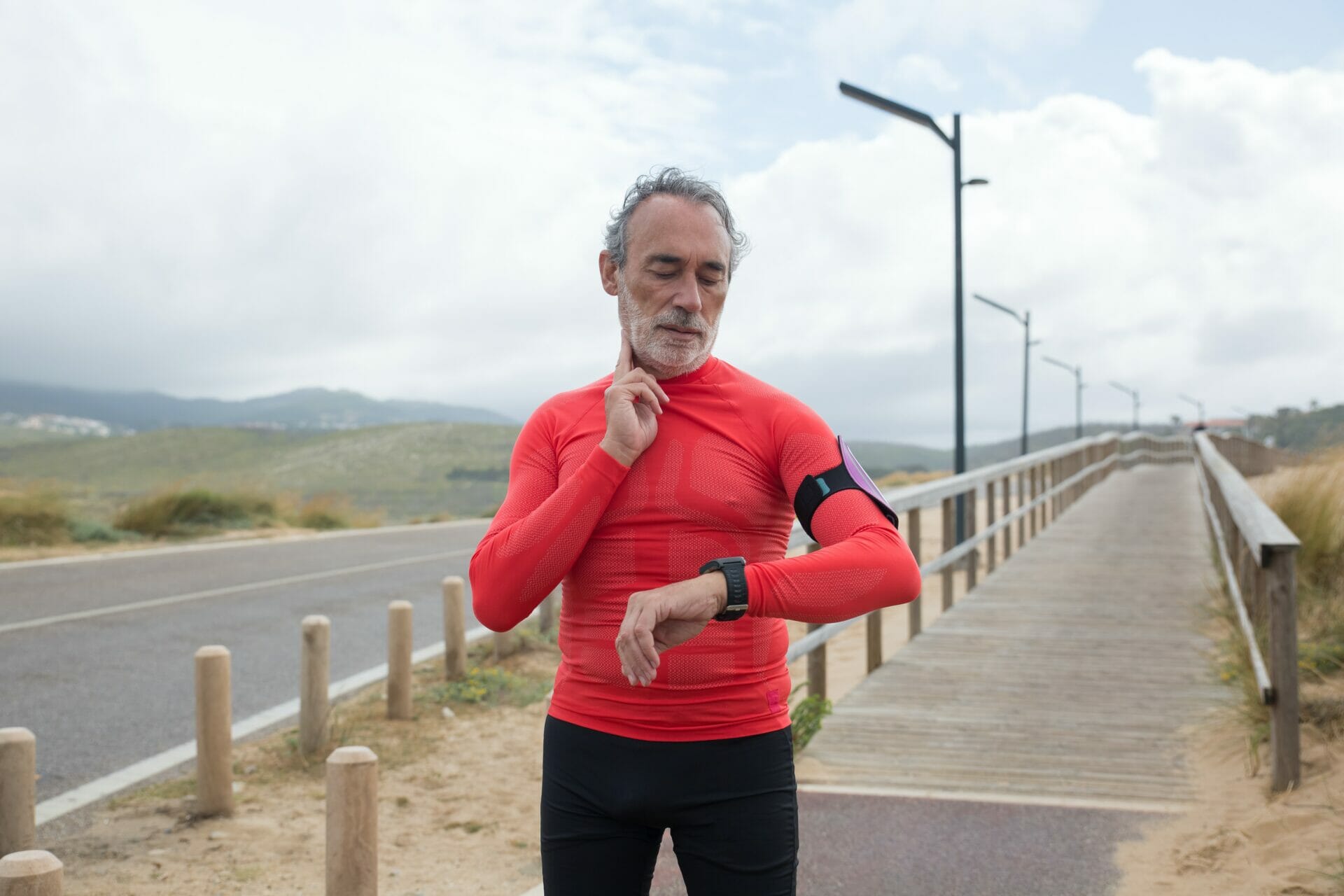Rolfing Structural Integration or Rolfing SI is a modality focused on manipulating soft tissue, specifically fascia, improving mobility, flexibility, posture, and balance. Ida Rolf, a biochemist from New York City, created this bodywork technique in the 1940s. It gained an initial surge in popularity in the 1970s and has seen a renewed interest in the past few years as holistic and alternative health continues to permeate the mainstream. Before deciding if Rolfing SI is for you, here are four things to know.
1. Fascia at the Forefront
Fascia is what makes the body glide. It’s a matrix of tissue holding all internal body parts in place. Facia surrounds our muscles, organs, nerves, and joints while stabilizing our bones. This network of fibrous lines provides internal structure and support. So, while our muscles give us strength and power, fascia allows us to move easily. However, when tight, fascia can restrict movement and cause painful health conditions.
2. Rolfing Rational
Rolfing SI differs from other bodywork therapies, such as chiropractic adjustments and massage therapy. A chiropractor manipulates bones and joints, while a massage therapist targets specific muscle groups. A Rolf practitioner works with fascia, making structural changes to the body’s movements and enabling the body to regain its natural form. Of course, there’s room for each of these bodywork modalities and more. What’s most important is tuning in with the body and identifying what it needs most.
3. Issues in the Tissues
Rolf practitioners believe fascia stores the energetic residue of emotions and traumas, and a stressed-out mind can create a tense and rigid body. Therefore, Rolfing SI focuses on mental and emotional well-being, as well as physical pain and discomfort. For example, practitioners manipulate the rib cage, allowing bigger, longer, and stronger breaths, which shifts the nervous system from a sympathetic “fight or flight” state to a parasympathetic “rest and digest” state. As more and more people subscribe to the mind plus body connection, they are turning to Rolfing SI to manage symptoms of stress and burnout.
4. Blissed or Bruised?
Let’s be honest; this is not a blissed-out relaxation session like a massage or acupuncture appointment. Fascia is tough and stubborn, requiring kneading of knuckles alongside pressure points that can be quite painful. A Rolf practitioner uses more aggressive massage techniques, including cross-friction massage and myofascial release, which helps the alignment of collagen fibers and improves movement.
Learning how to listen to one’s body is a powerful tool that anyone can cultivate as a human being. Rolfing is one of many modalities for improving physical and emotional health. Check out The Rolf Institute website for more information or to locate a provider.





Responses